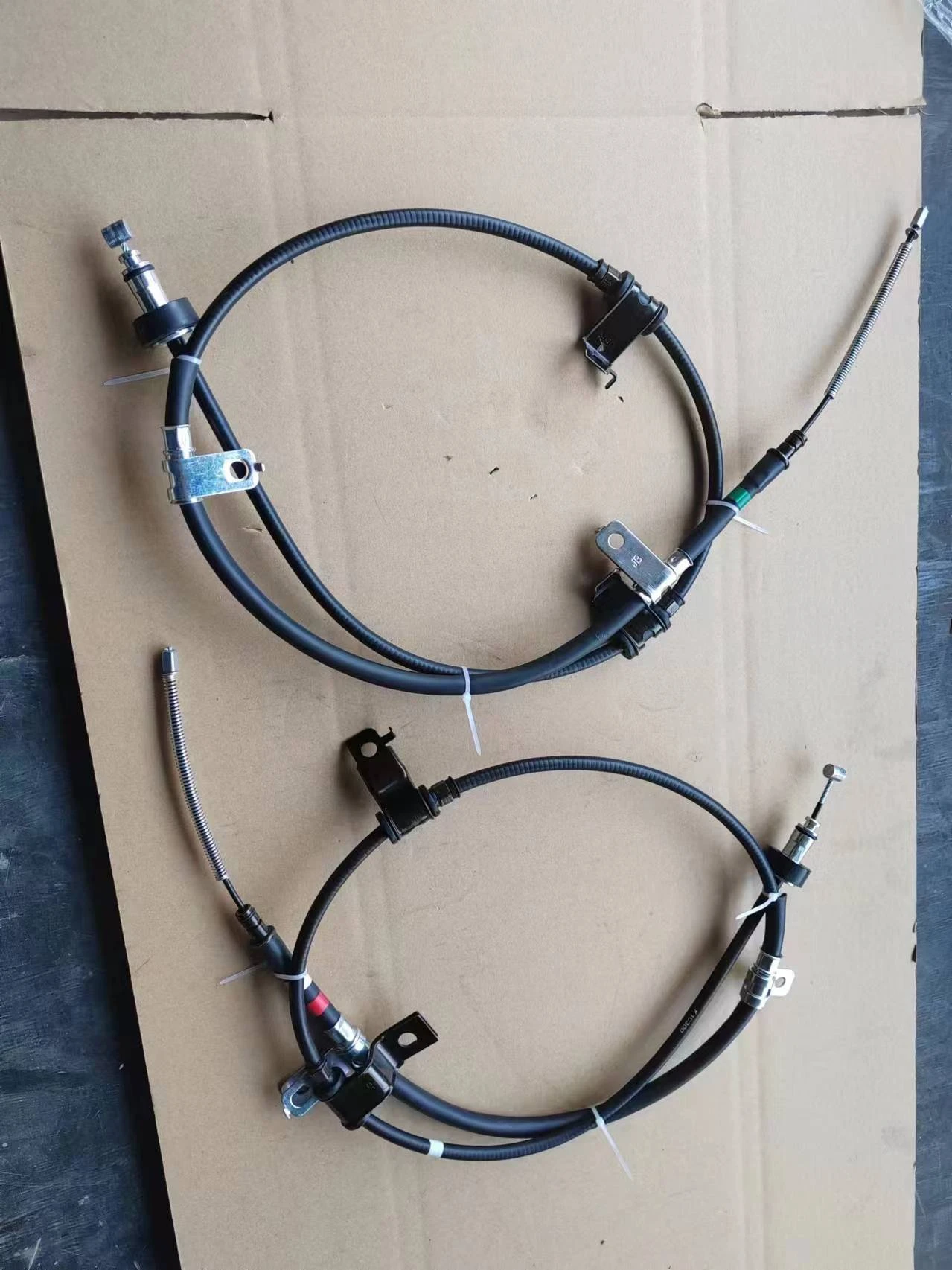derailleur assembly
Understanding Derailleur Assembly The Heart of Modern Bicycle Gearing
The derailleur assembly is a vital component in modern bicycles, serving as the primary mechanism that enables riders to shift gears with ease and precision. This complex system plays a crucial role in the performance and efficiency of a bike, allowing cyclists to tackle varied terrains and adjust their pedaling efforts according to their needs. In this article, we will explore the components, function, and the intricacies of derailleur assembly, emphasizing its importance in the world of cycling.
Components of a Derailleur Assembly
At the heart of the derailleur assembly are two primary parts the front derailleur and the rear derailleur. Each plays a distinct role in facilitating gear changes.
1. Front Derailleur Located near the pedals, the front derailleur shifts the chain between the different chainrings on the crankset. This allows the cyclist to switch between a higher or lower gear ratio, affecting the ease of pedaling and the bike's speed.
2. Rear Derailleur Positioned near the rear wheel, the rear derailleur manages the chain's movement across the cassette, which consists of multiple cog sizes. By moving the chain onto different cogs, the rear derailleur helps the rider select the appropriate gear for their current riding conditions.
Beyond these two main components, the derailleur assembly also includes a few other essential parts the derailleur hanger, limit screws, and the cable mechanism. The derailleur hanger is the mounting point for the derailleur, connecting it to the bike frame. Limit screws ensure that the derailleur does not shift beyond certain points, preventing derailment and ensuring smooth gear changes. The cable mechanism, operated by the shifters located on the handlebars, pulls or releases cable to enact the shift, moving the derailleur as needed.
Functionality of Derailleur Assembly
The derailleur assembly operates on a basic principle of leveraging cable tension to alter the position of the derailleur. When a cyclist engages the shifter, the cable is either pulled or released, prompting the derailleur to move sideways, guiding the chain onto a different cog or chainring. This mechanism allows for precise adjustments in gear selection, which is critical for maintaining optimal cadence and power output.
derailleur assembly

Modern derailleur systems can be either mechanical or electronic. Mechanical systems rely on a cable and housing to function, while electronic systems use battery-powered components to shift gears. Electronic derailleurs offer faster and more precise shifts, eliminating the need for cable maintenance and adjustment over time.
Maintenance of Derailleur Assembly
To ensure smooth operation, regular maintenance of the derailleur assembly is essential. Here are some key maintenance tasks cyclists should perform
1. Cable Inspection and Replacement Cables can fray and stretch over time, which may lead to poor shifting performance. Inspect cables regularly and replace them if they show signs of wear.
2. Cleaning and Lubrication Dirt and grime can accumulate on the derailleur and chain, affecting shifting quality. Regularly clean these components and apply appropriate lubrication to ensure optimal performance.
3. Limit Screw Adjustment Occasionally, the limit screws may need adjustment to prevent the chain from dropping off the cogs. It’s important to ensure that these limits are correctly set before heading out for a ride.
4. Realignment If the derailleur is misaligned, it can lead to inefficient shifting and potential damage. Cyclists should check the alignment regularly, especially after bike transport or a crash.
Conclusion
The derailleur assembly is a marvel of engineering and a crucial element of a modern bicycle. Understanding its components and how they work together enhances a cyclist's riding experience by ensuring efficient gear shifts, enabling smooth transitions between different terrains. Proper maintenance of the derailleur assembly is key to ensuring its longevity and performance. Whether you're a casual rider or a competitive cyclist, a well-functioning derailleur assembly will undoubtedly make your cycling experience more enjoyable and efficient. So, next time you shift gears, take a moment to appreciate the intricate workings of the derailleur assembly that makes it all possible.
-
Workings of Clutch Pipe and Hose SystemsNewsJun.04,2025
-
The Inner Workings of Hand Brake Cable SystemsNewsJun.04,2025
-
The Secrets of Throttle and Accelerator CablesNewsJun.04,2025
-
The Hidden Lifeline of Your Transmission Gear Shift CablesNewsJun.04,2025
-
Demystifying Gear Cables and Shift LinkagesNewsJun.04,2025
-
Decoding Clutch Line Systems A Comprehensive GuideNewsJun.04,2025
